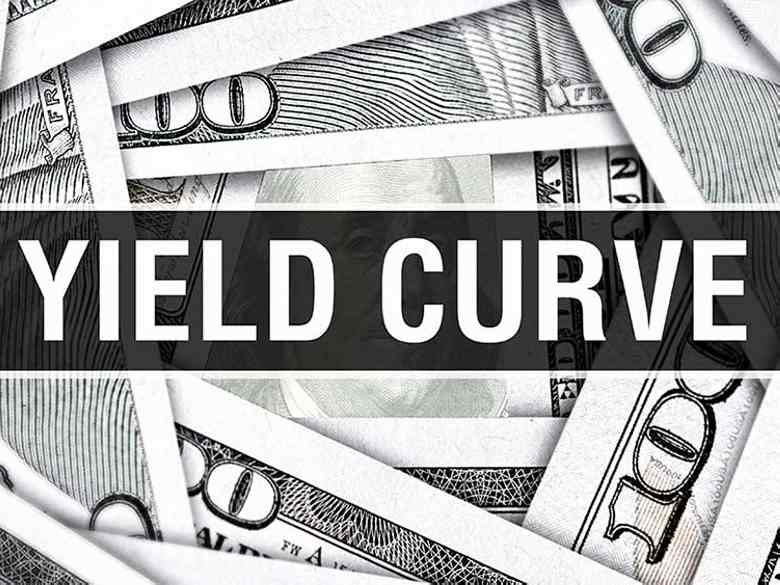For inventory market buyers, an inverted yield curve is an indication that an financial recession might be on the way in which. It additionally could be a precursor to a bear market in shares, the place equities fall 20% or extra from highs.
An inverted yield curve happens when long-term authorities debt yields fall under charges on short-term notes and payments.
U.S. shares plunged in August 2019 as the principle Treasury yield curve inverted, with the two-year yield above the 10-year Treasury yield for the primary time since 2007. Weak Chinese language and German financial information raised world progress issues. Nonetheless, it turned out to be a false alarm because the U.S. economic system saved buzzing by the remainder of 2019.
Amid the worldwide unfold of the lethal China coronavirus, an inverted yield curve resurfaced in February 2020. Diving bond yields raised worries that the coronavirus might develop into a world pandemic and sluggish the worldwide economic system. The benchmark 10-year treasury bonds hit document lows. The yield curve inversion between 3-month and 10-year Treasury bonds widened.
Financial institution shares resembling Financial institution of America (BAC), JPMorgan (JPM), Citigroup (C) and Wells Fargo (WFC) often promote amid a yield curve inversion. One view is that high-yielding dividend shares — resembling AT&T (T) and Verizon Communications (VZ) — out-perform.
What Is An Inverted Yield Curve?
Merely put, an inverted yield curve happens when short-term charges surpass these of long-term notes. U.S. Treasuries are bonds, or debt, offered by the federal authorities.
A intently watched indicator for an inverted yield curve is when the yield of three-month Treasury payments rises above the yield for 10-year Treasuries. This partial inversion has been occurring for months.
However the traditional inverted yield curve is when the 10-year yield falls under that of the two-year yield.
A steeper yield curve happens when the hole between short-term and long-term bond charges will increase. It is the other of a flattening curve.
The flattening of the yield curve had been a development since round 2013.
Whereas an inverted yield curve has been a dependable indicator of slowing U.S. economies, the timing of an upcoming recession has been unsure. Traditionally, extended “curve inversions” have often preceded main financial slowdowns by a few yr.
Can A Curve Be A False Alarm?
Economist Ed Yardeni has famous {that a} yield curve can happen prematurely. For instance, it turned damaging a few instances throughout 1995 and through 1998. A recession didn’t formally begin till March 2001.
Nonetheless, U.S. inventory markets imploded a lot sooner — in 2000 — amid over-investment in unprofitable web firms and telecom networks.
Whereas an inverted yield curve can sign that the chance of recession is rising, world financial coverage stays equity-market pleasant, analysts say. A strong U.S. labor market continues to assist consumption.
Financial institution shares are a key sector to observe as a result of a yield curve is related to a credit score crunch. It is stated that banks cease lending when the charges they pay in cash markets on their deposits and their borrowings exceed the charges they cost on the loans they make to companies and households.
Comply with Reinhardt Krause on Twitter @reinhardtk_tech for updates on 5G wi-fi, synthetic intelligence, cybersecurity and cloud computing.
YOU MIGHT ALSO LIKE:
Verify Out IBD’s Inventory Of The Day
Finest Development Shares To Purchase And Watch: See Updates To IBD Inventory Lists
See Shares Simply Added To — And Reduce From — IBD’s High Screens
These Know-how Shares Have A Spot In IBD Leaderboard
Create Your Personal Customized Inventory Screens With MarketSmith


